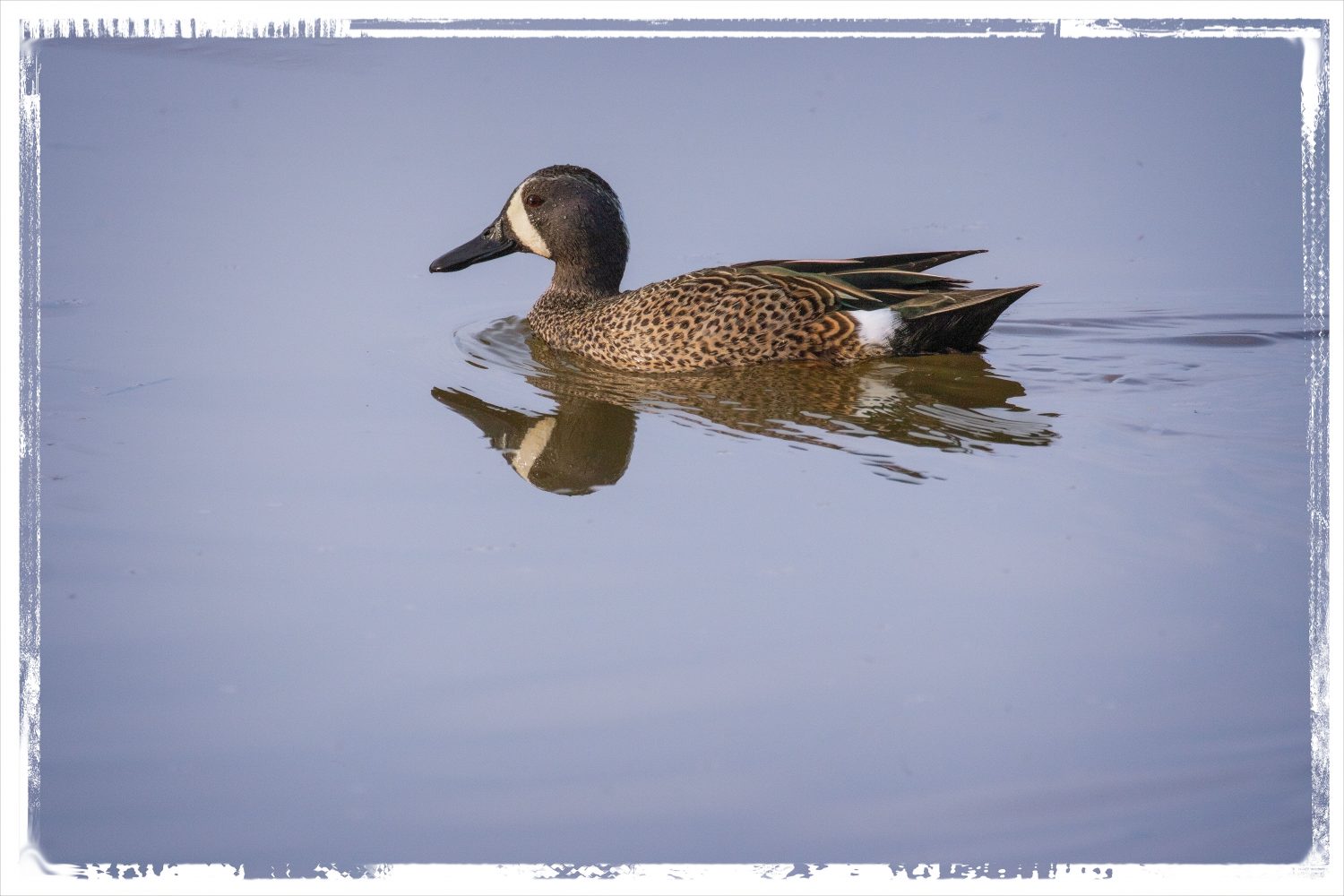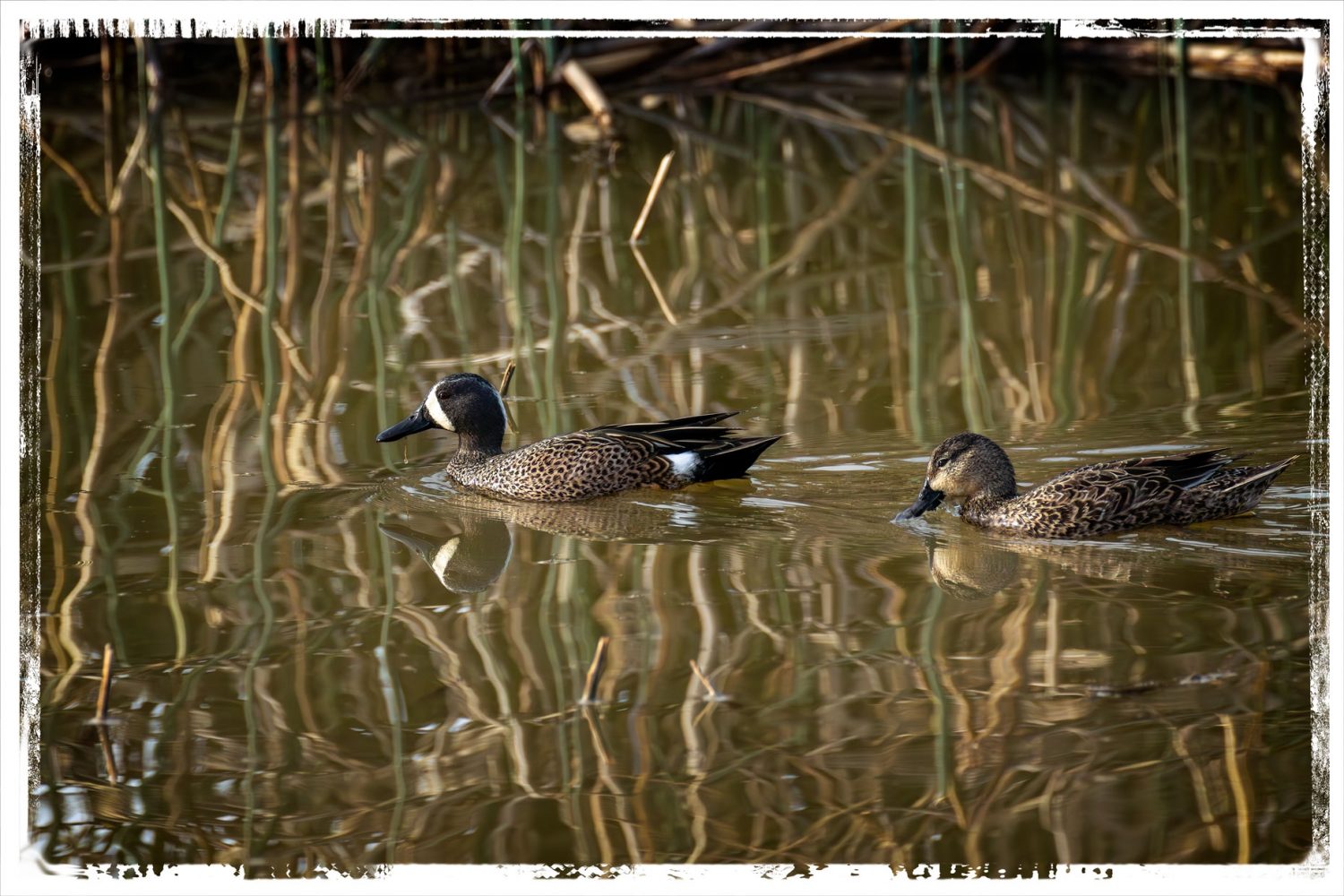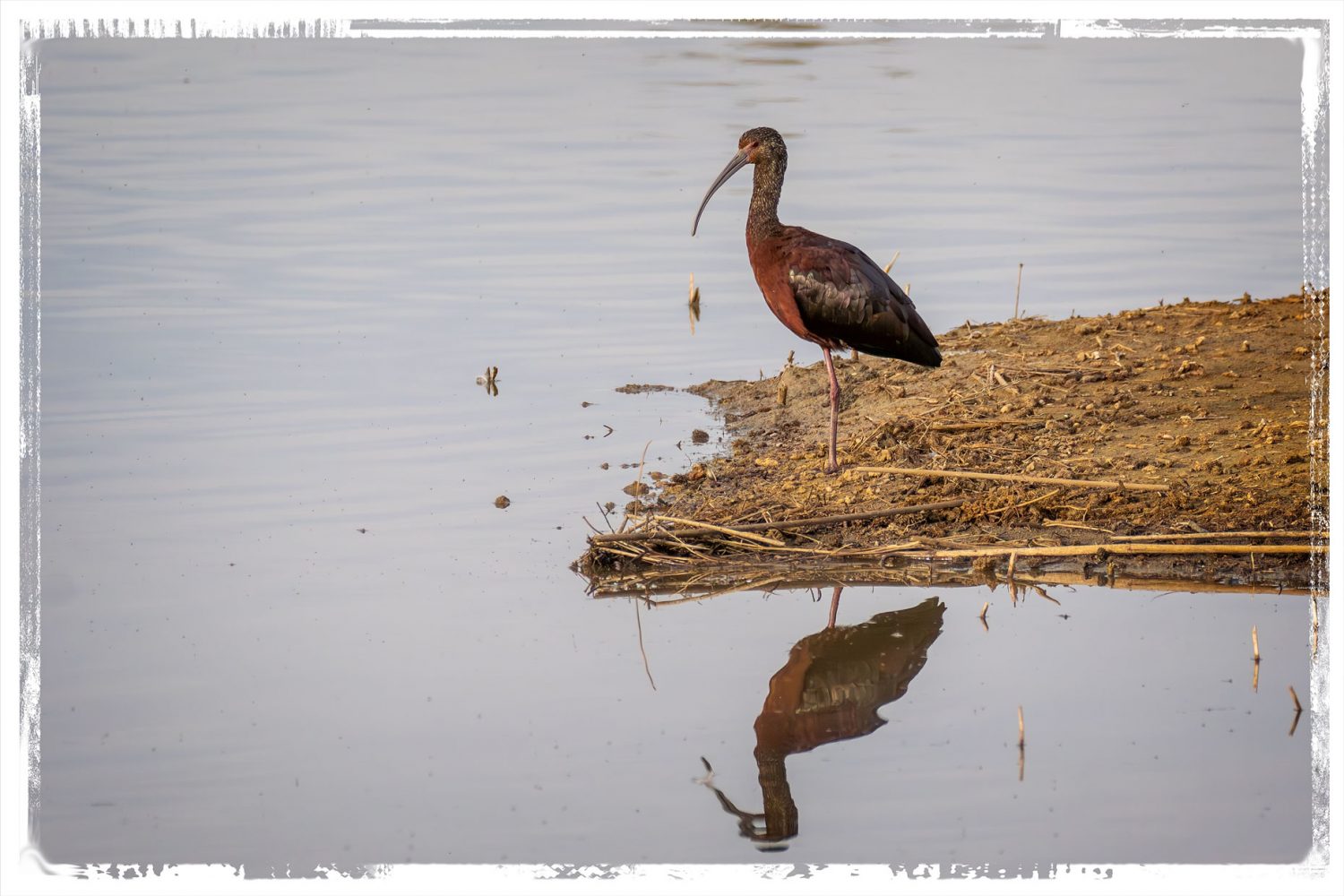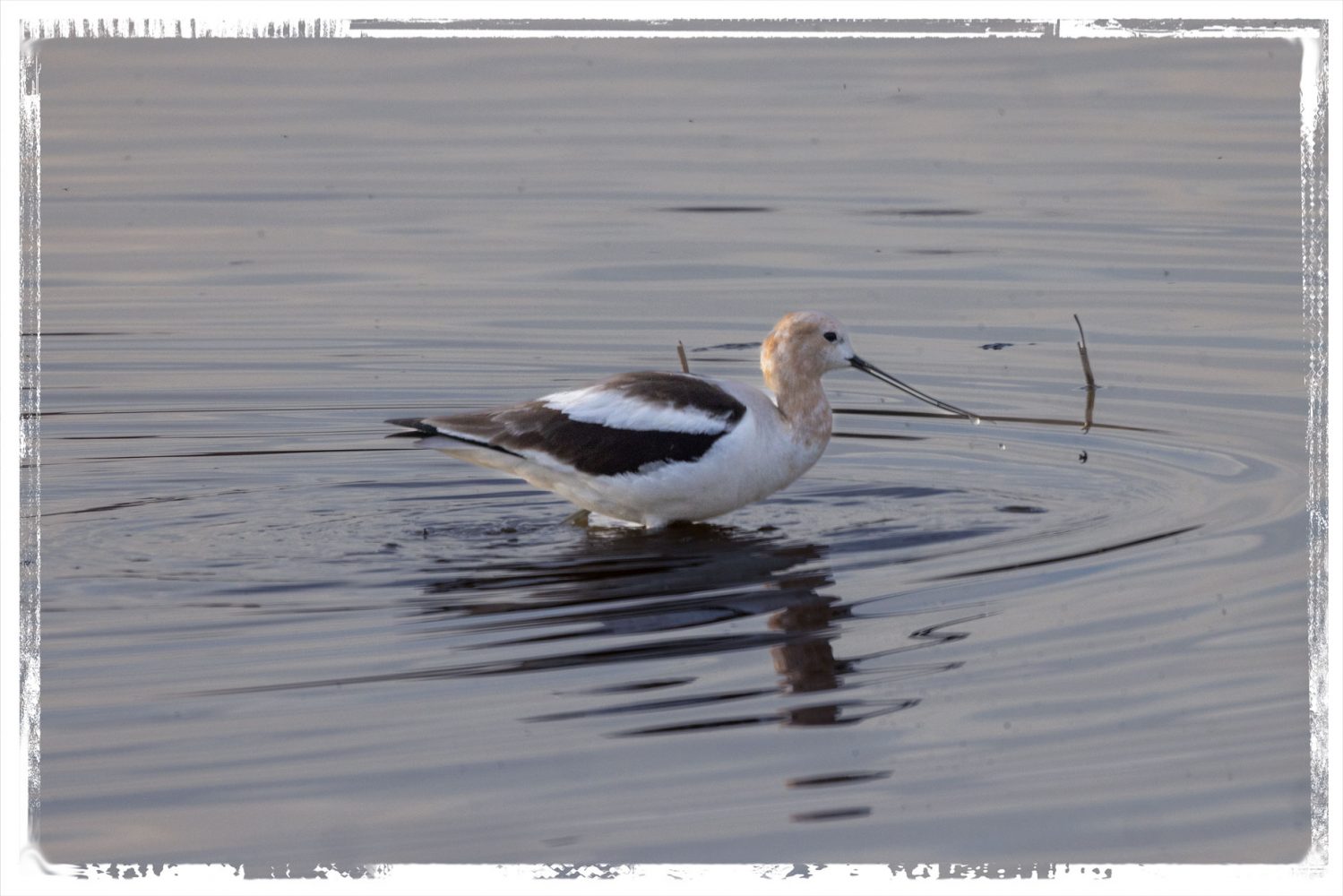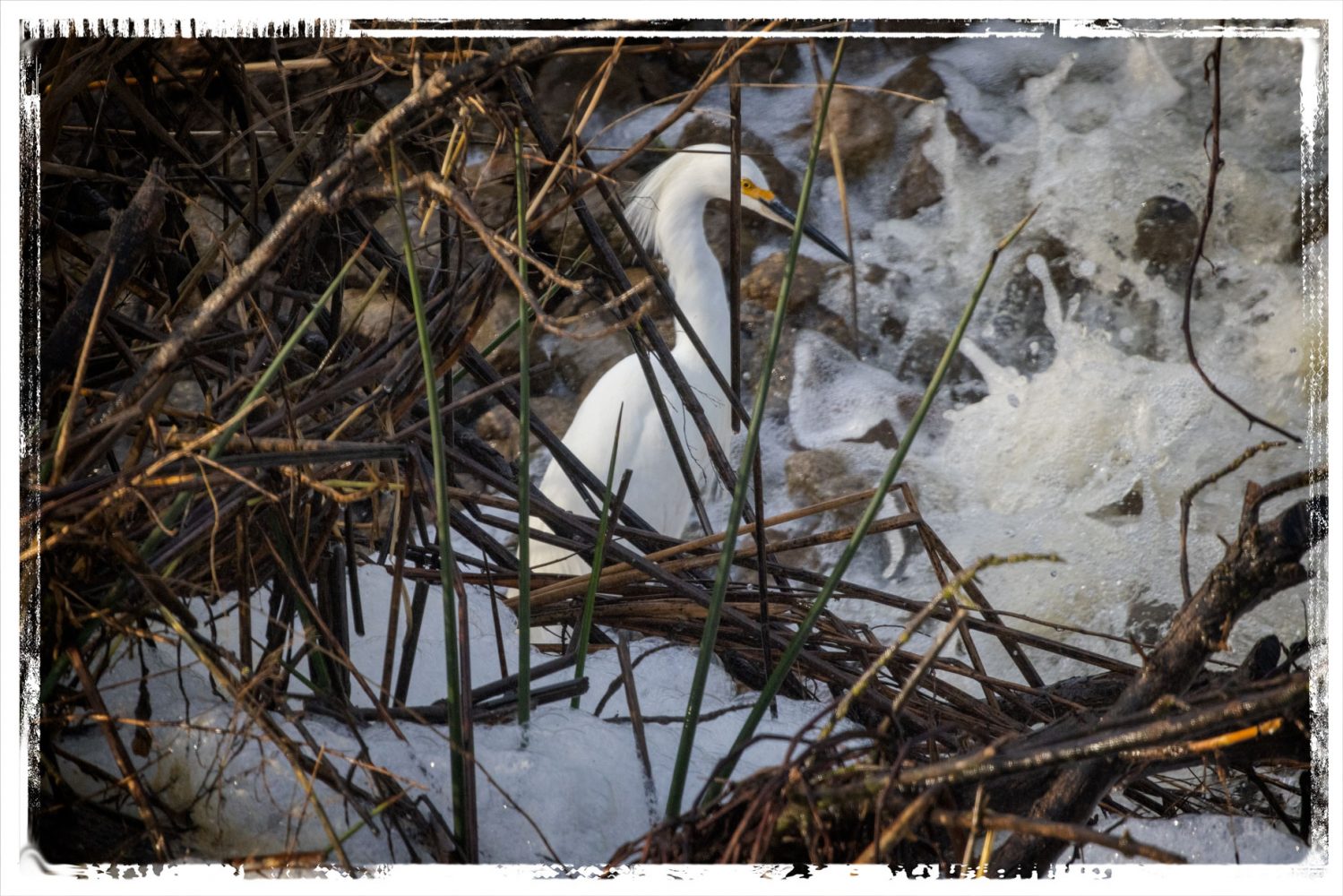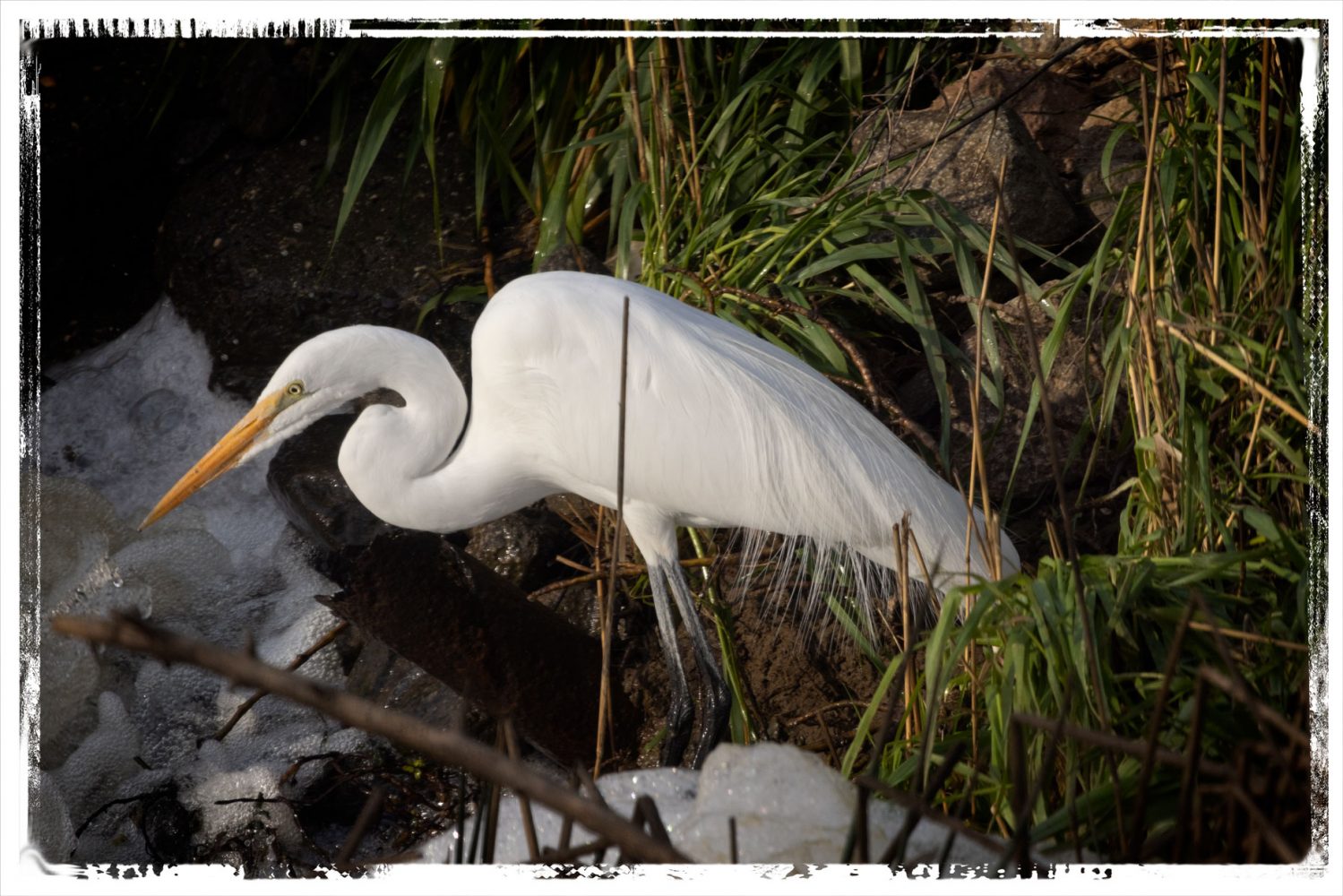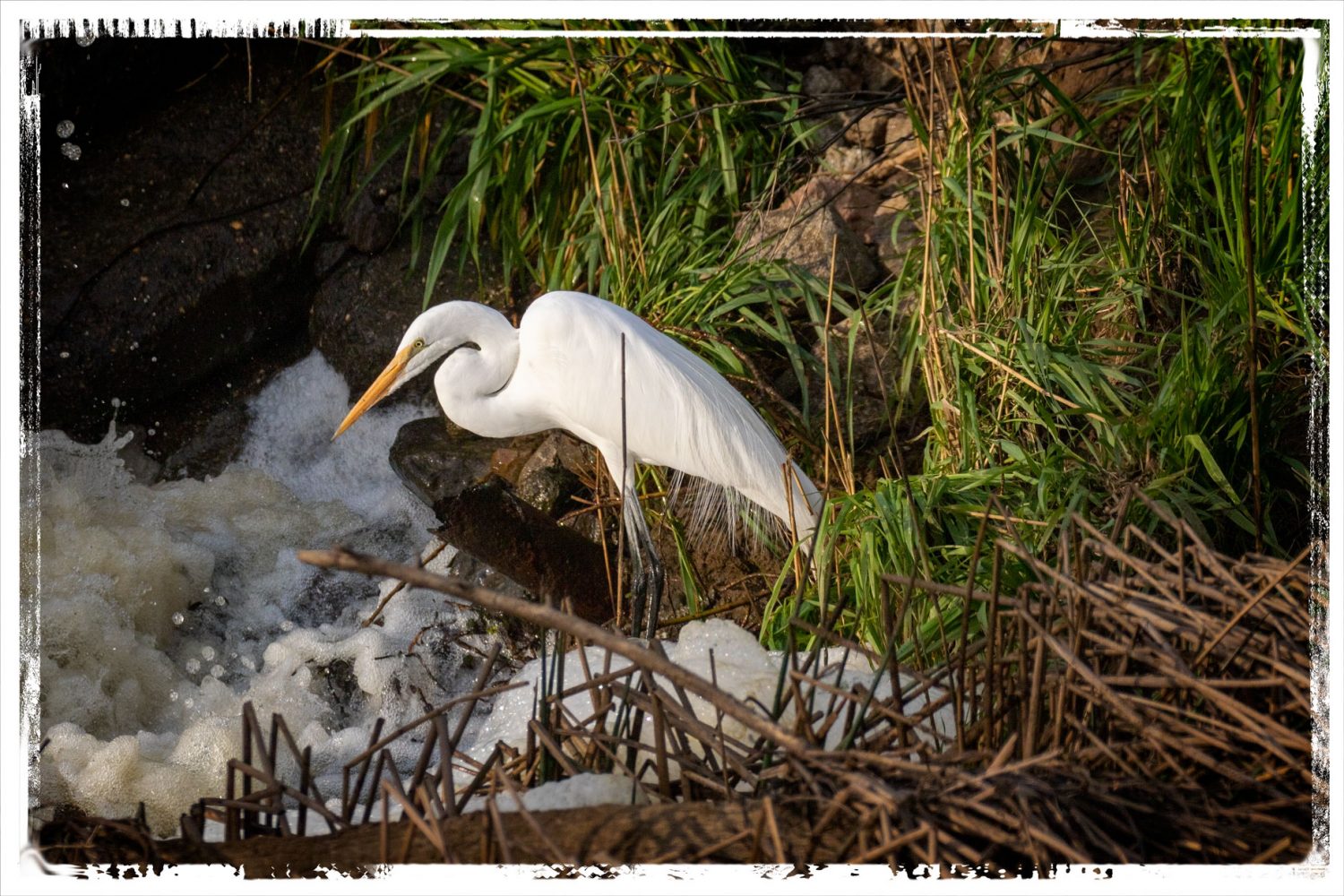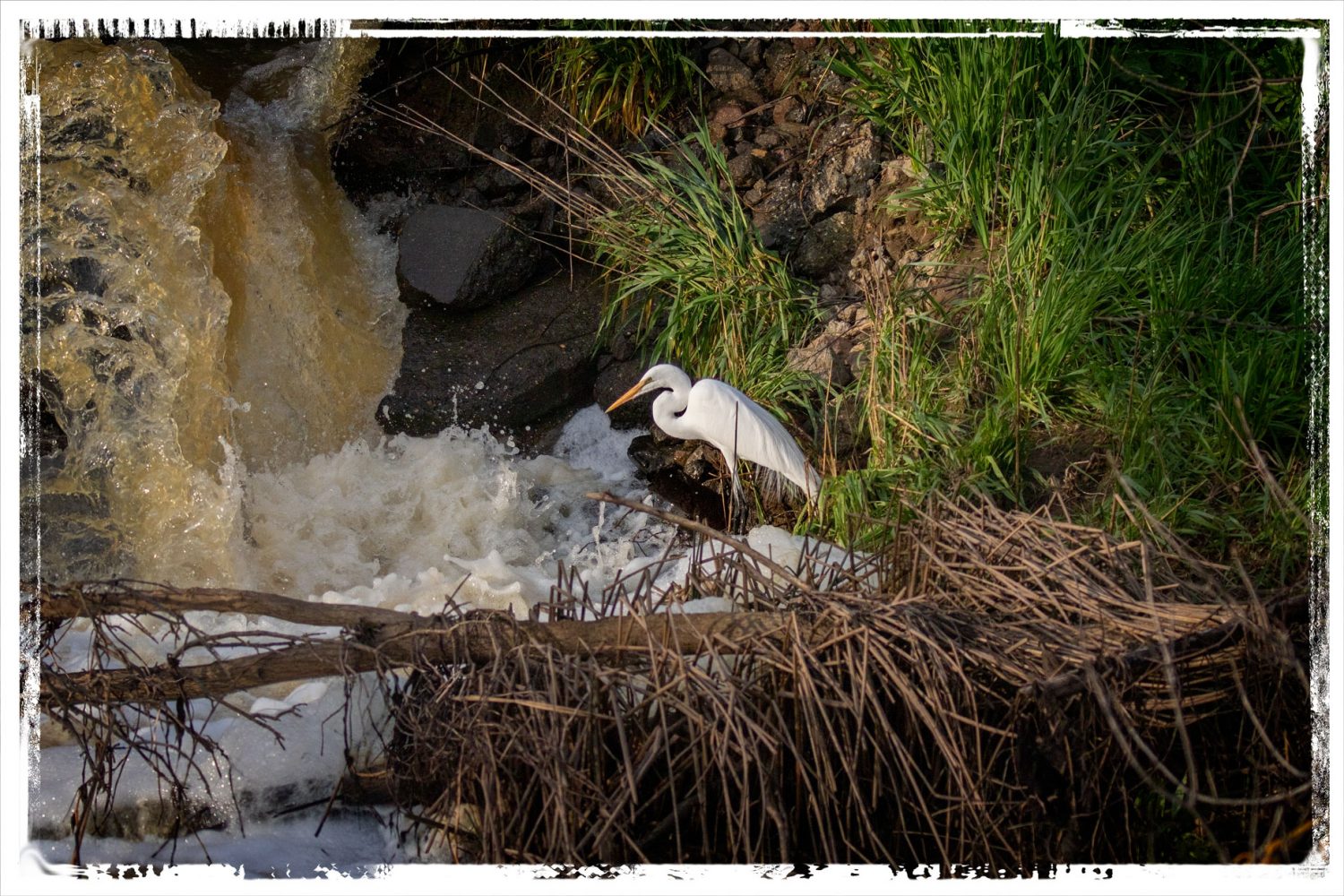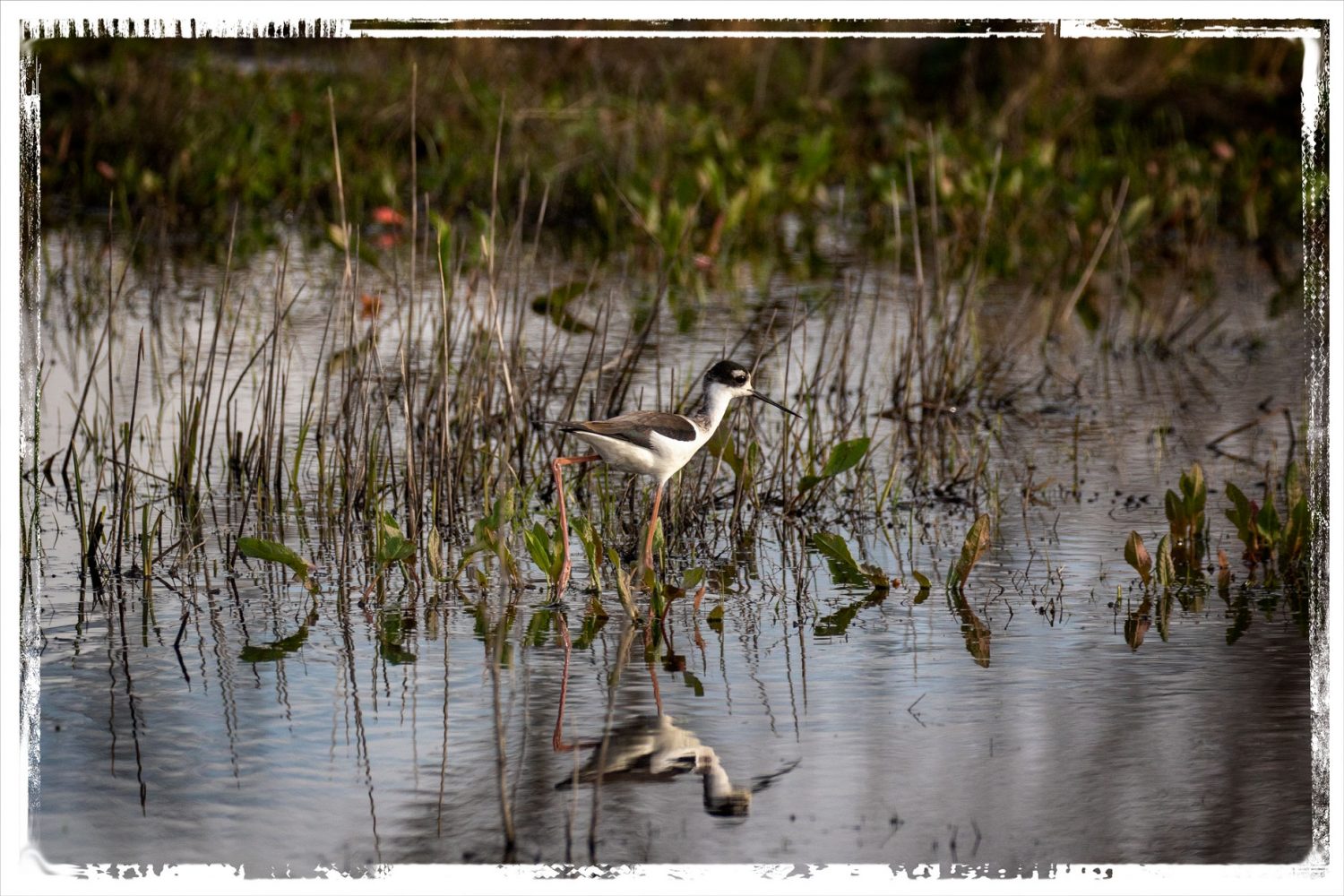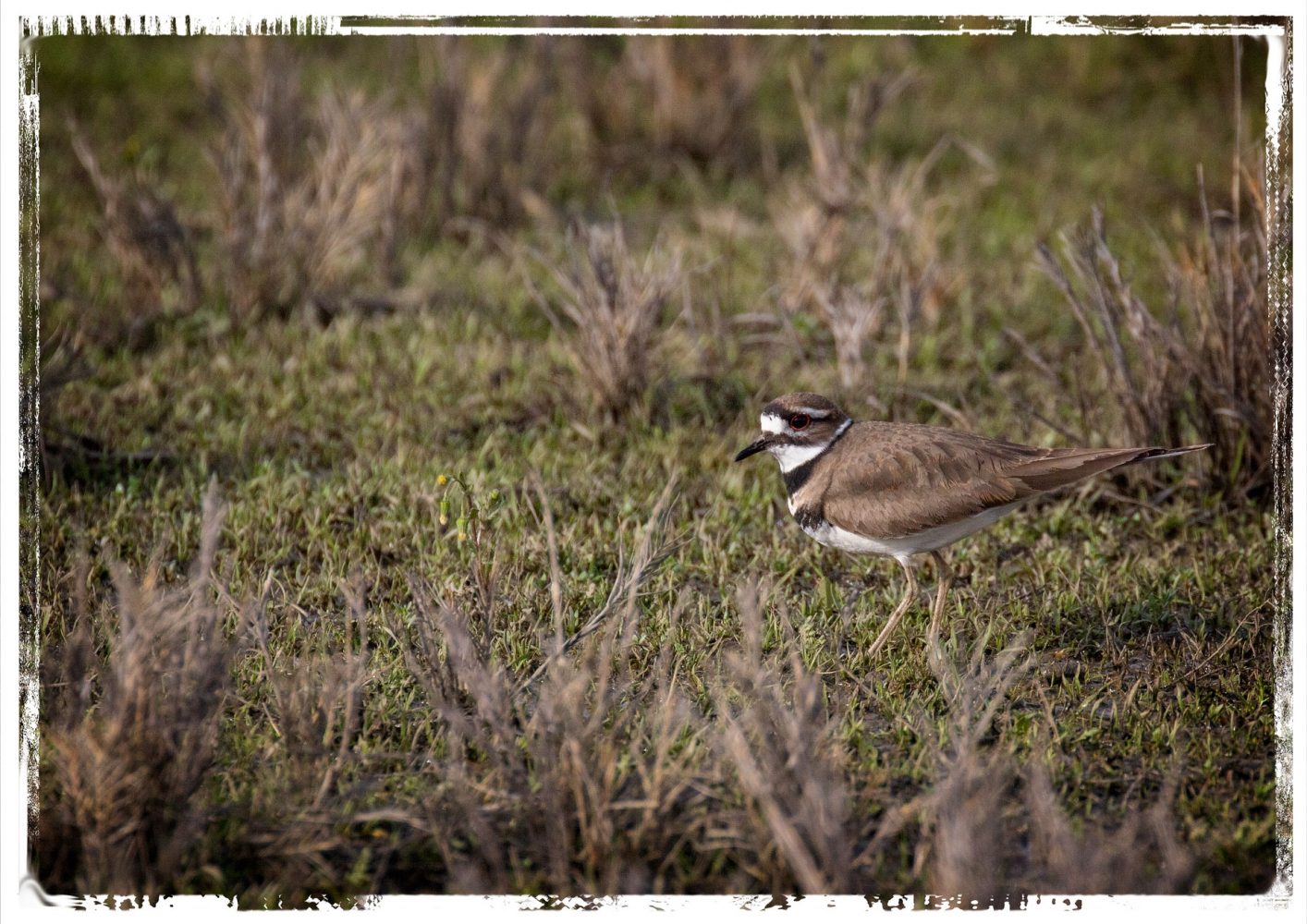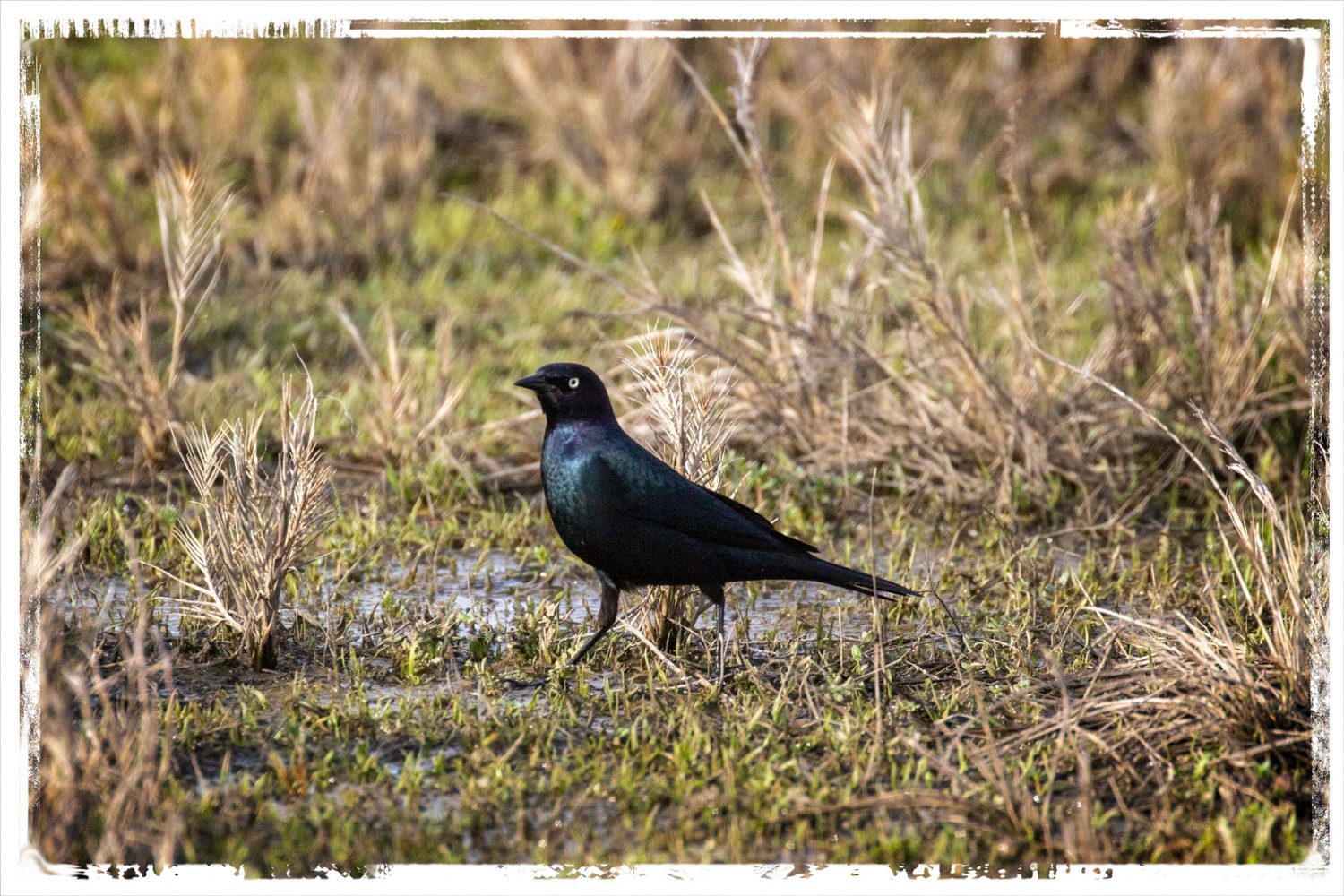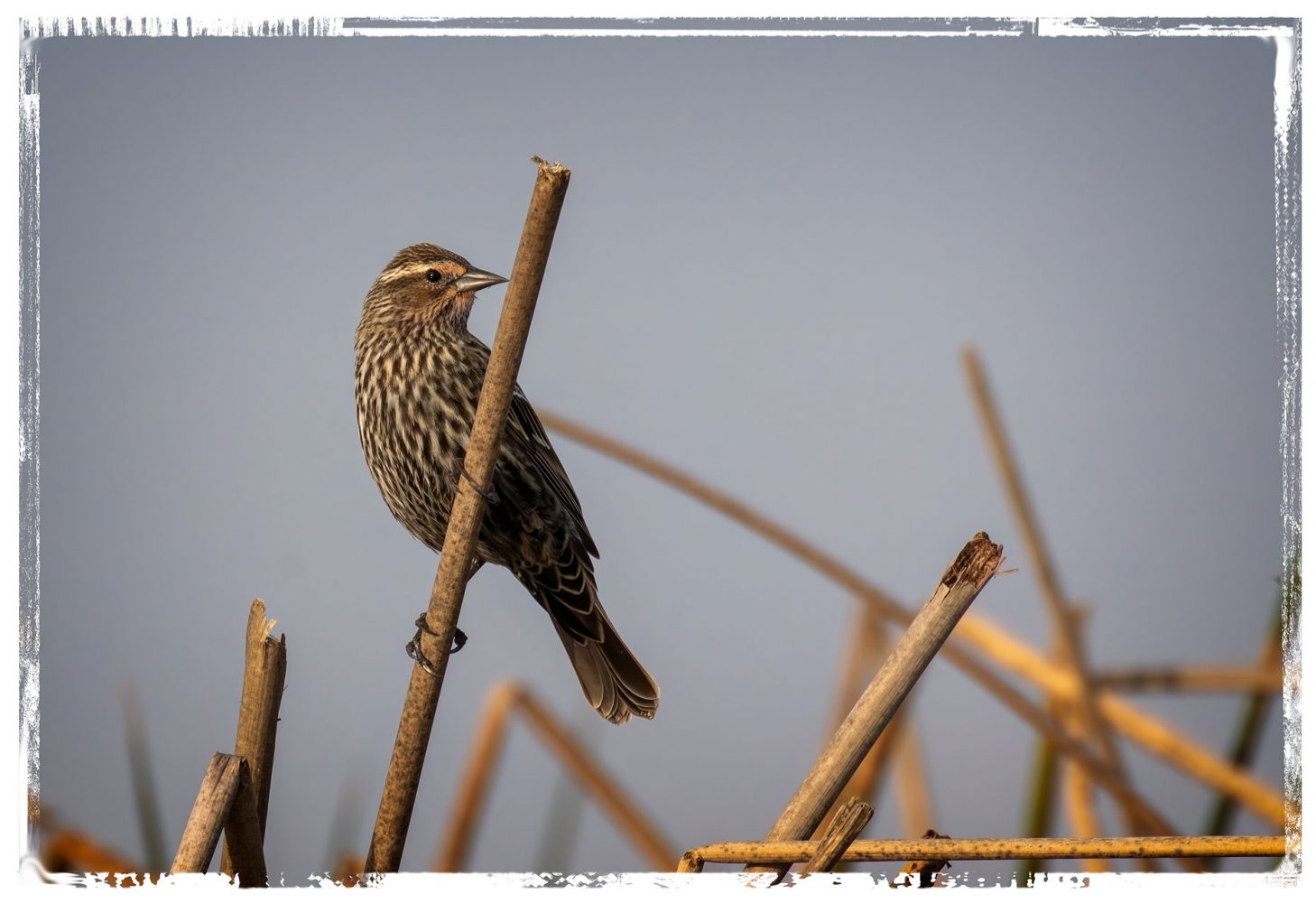If the sun is out and you’ve just returned from a two-week vacation with literally thousands of photos waiting to be scanned and edited, what do you do? If you stay home you’ll feel obligated to spend the day at the computer processing pictures and trying to figure out what you want to say about them. If you’re Loren and the sun is shining, instead, you head out to Ocean Shores and Westport to see if the loons have changed into breeding plumage and if Spring Migration has started.
You can never have too many great pictures, right? As it turned out, though, I didn’t add nearly as many photos to my collection as I had hoped to add. It was sunny at the beach, but when I stopped at Ocean Shores the wind was so strong that I could barely open my door. I. quickly decided we would go to Westport instead of walking the beach looking for birds that wouldn’t be there. Birding is usually miserable when there are high winds, and I didn’t want to take the chance of blowing sand damaging an expensive lens.
The drive wasn’t in vain, though, as we stopped at our favorite art galley in Ocean Shores where I bought two photographs from a local artist I had admired for several years.
The winds hadn’t died down much when we reached Westport so we had lunch and hoped for the best. The fish and chips on Blue Buoy’s smaller portion menu for older folks was delightful as usual.
After lunch we drove down to the marina where we were greeted by this Common Loon that had not fully transitioned to its breeding plumage — not the look I was hoping for.
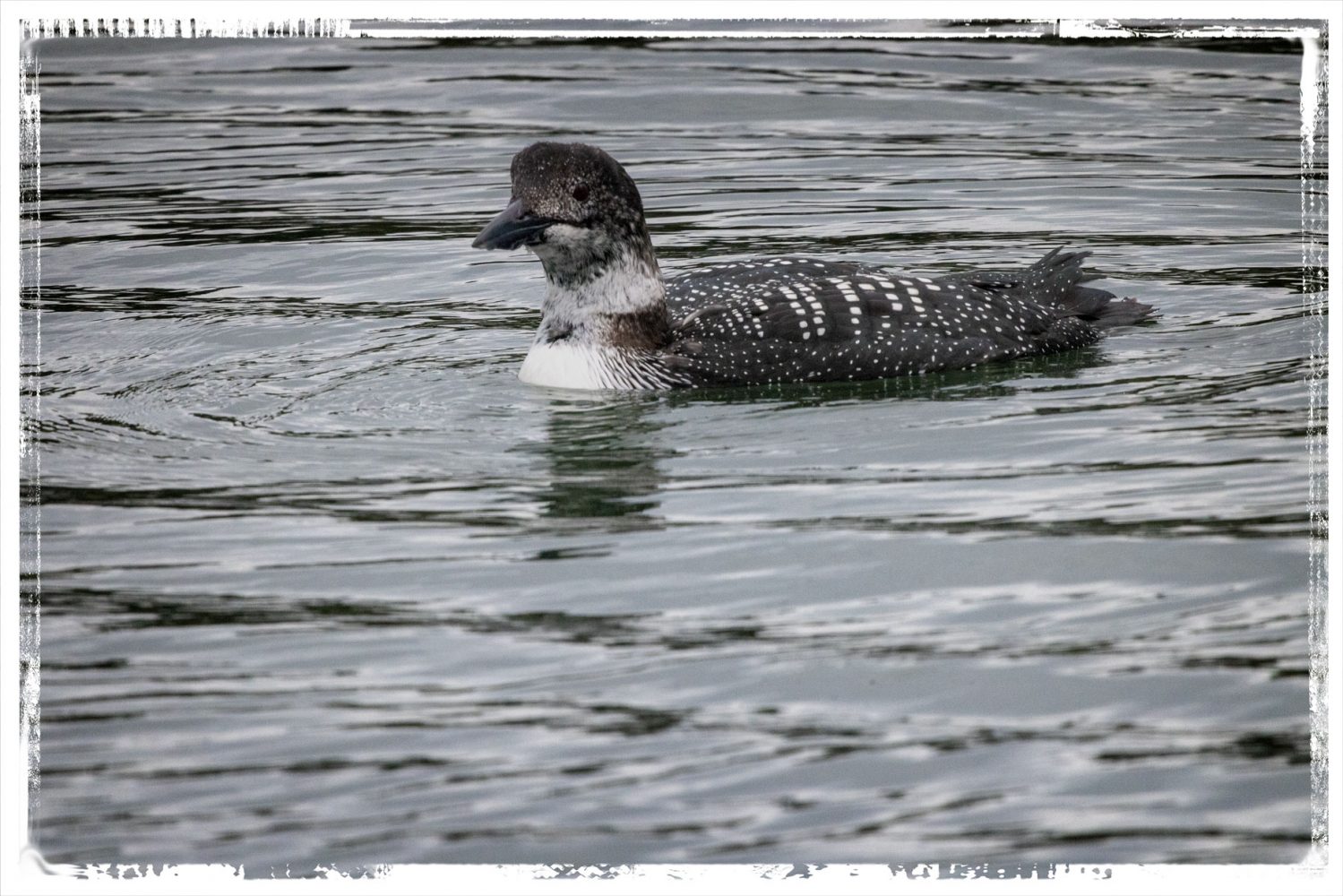
We tried to walk out the jetty but the winds were so high that I lost my hat, even though my ponytail was braided through the back. The only birds we saw out there were gulls that seemed to be enjoying riding the high winds.
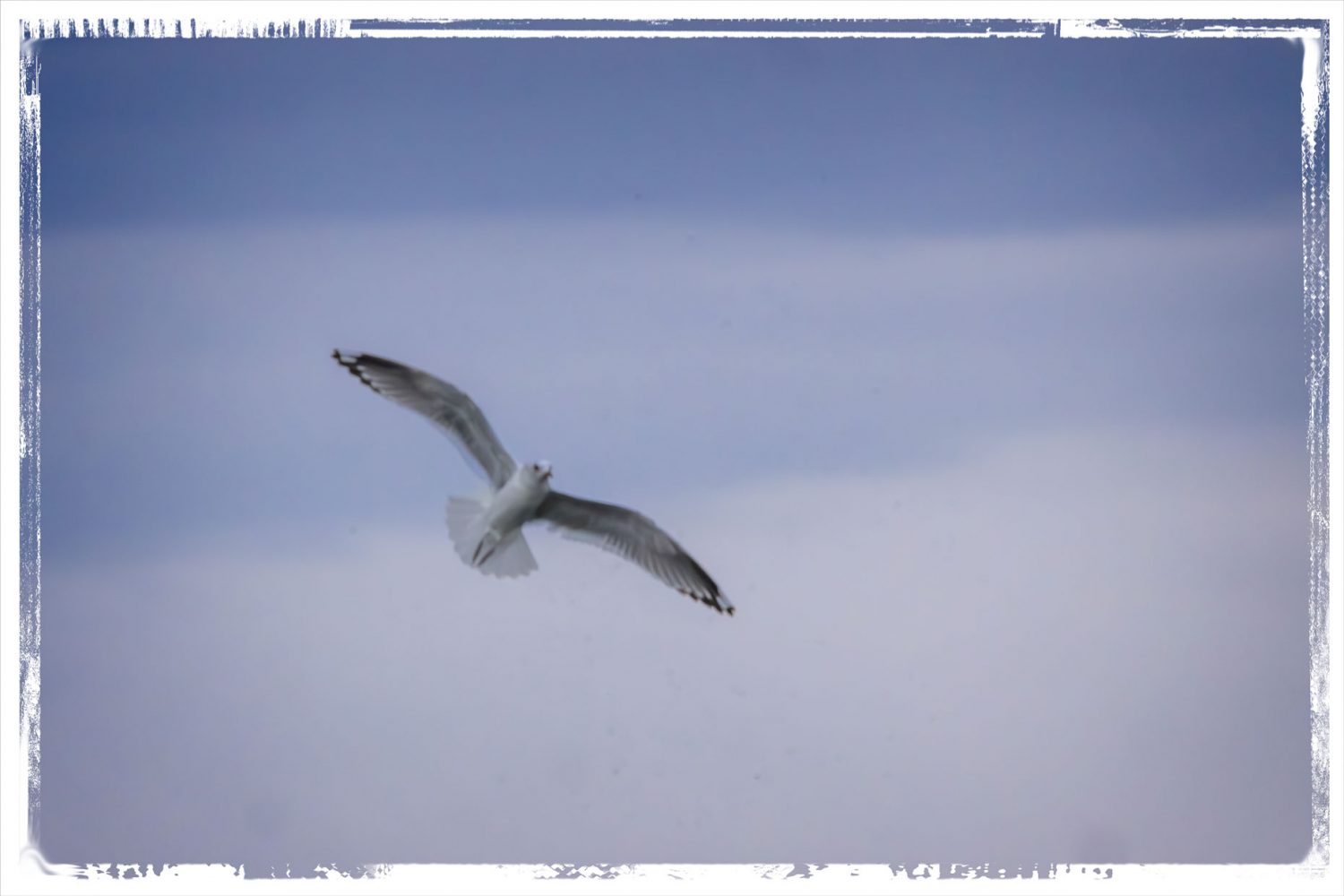
My favorite shot of the day was probably this one of a small Coast Guard boat cutting through the choppy waves.
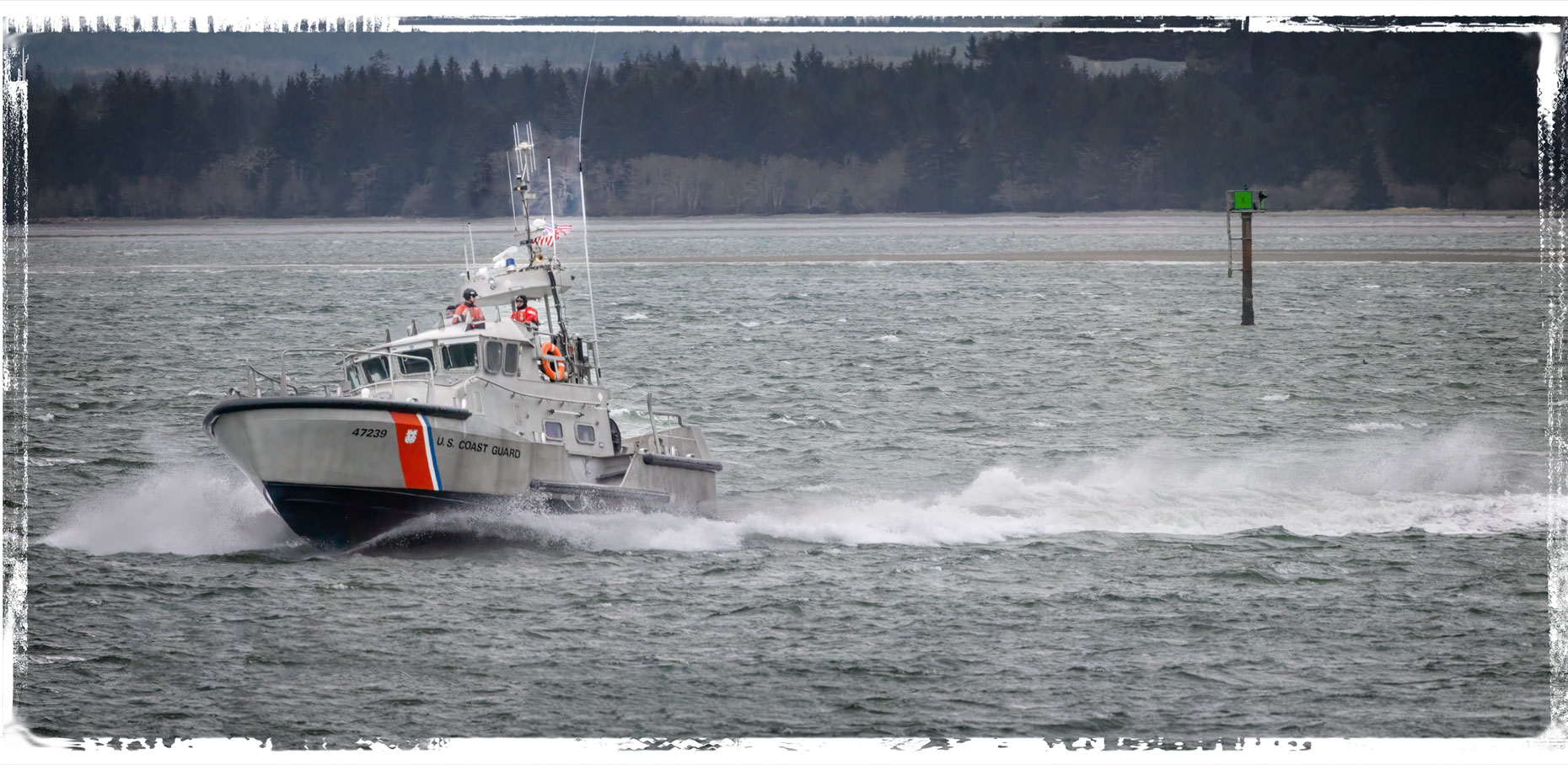
My favorite bird shot of the day was this one of a Clark’s Grebe that approached as we walked through the marina back to our car.
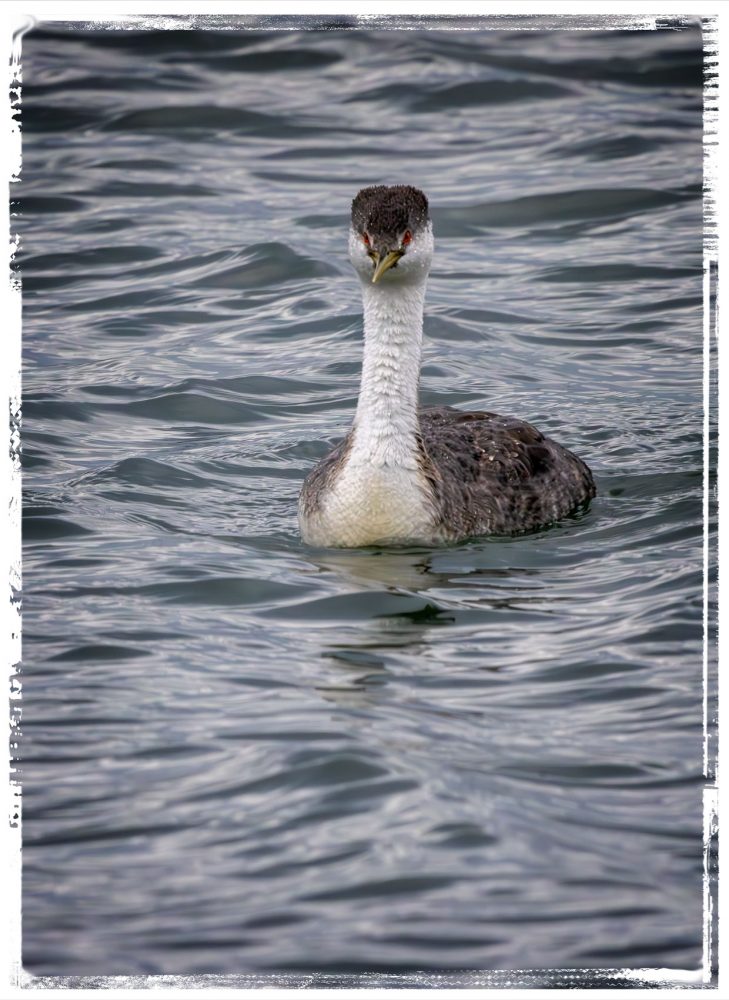
I did get a shot of a Common Loon in full-breeding plumage at Tokeland, but naturally, he wasn’t nearly as cooperative as the one we saw at Westport. This shot was heavily cropped and adjusted in Photoshop to bring out the green band on his neck.
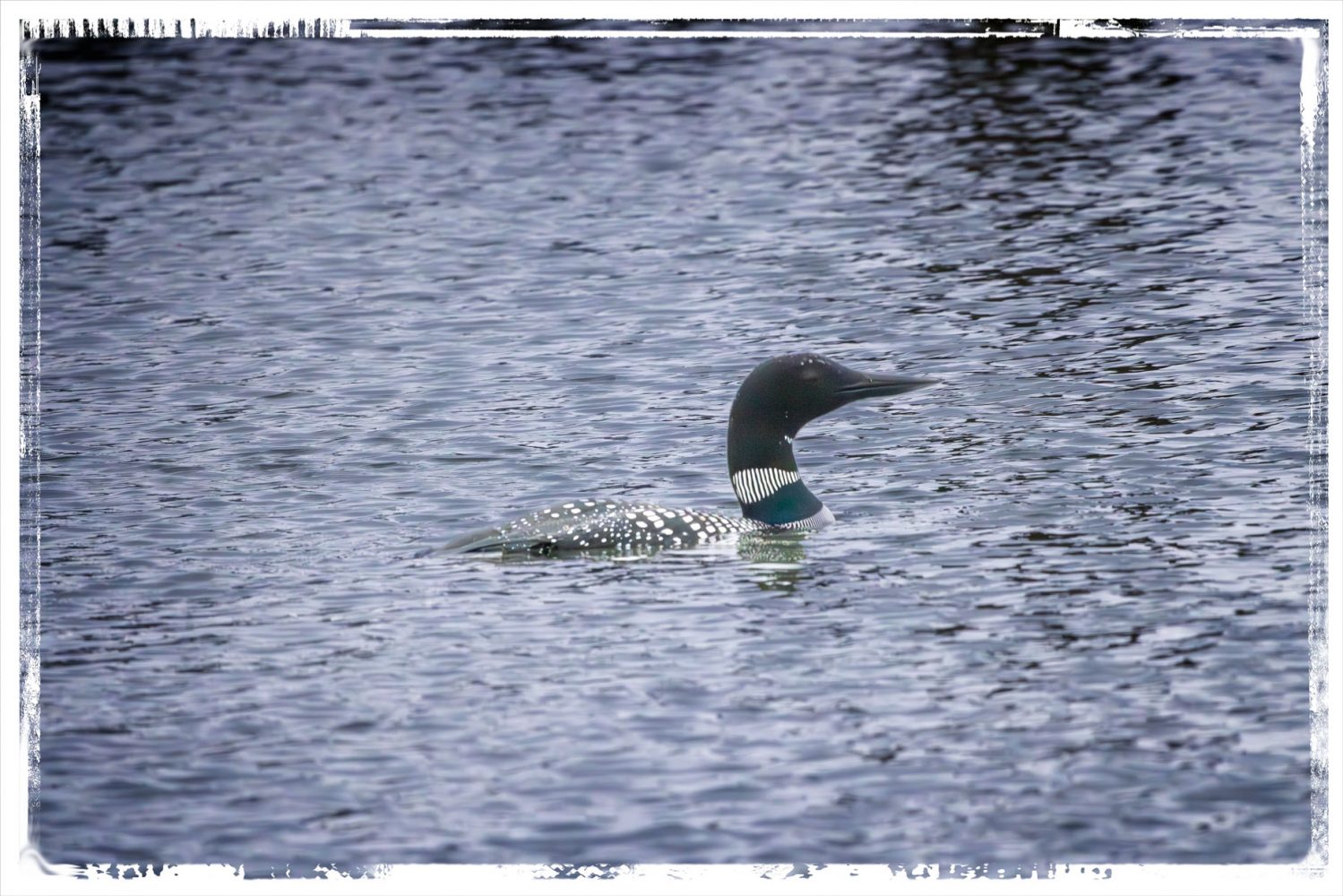
Having lived in rain-soaked Aberdeen for almost a year, a sunny day at the beach is always a good day, birds or no birds, and I definitely enjoyed avoiding my computer for another day.

